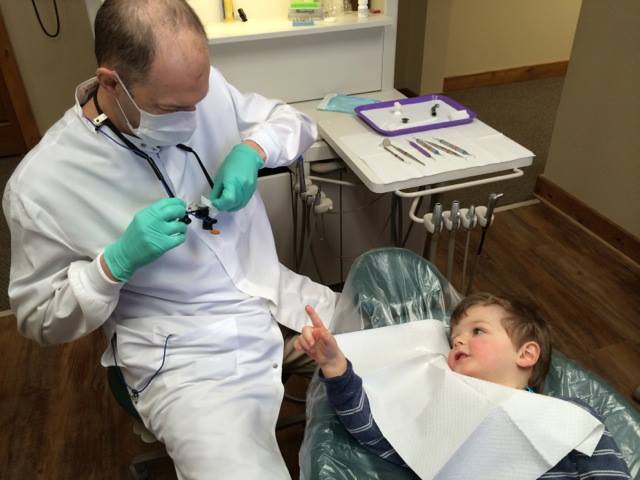
In recent years, dental implants have emerged as a revolutionary solution for tooth loss, offering both functionality and aesthetics that traditional dentures often lack. While commonly associated with adults, dental implants also present a viable option for children facing tooth loss due to accidents, congenital issues, or other dental complications. However, as a parent, navigating the realm of dental implants for your child can feel daunting. Understanding the intricacies of the procedure, its suitability for children, and the associated benefits and risks is paramount to making an informed decision.
Why Dental Implants for Children?
The decision to opt for dental implants for a child involves careful consideration of various factors. Unlike dentures or bridges, dental implants offer a permanent solution by replacing both the root and the crown of a missing tooth. This stability not only promotes proper chewing and speech development but also prevents bone loss in the jaw—a common consequence of tooth loss that can affect facial structure and overall oral health.
For children, whose jaws are still developing, dental implants can play a crucial role in maintaining proper alignment and spacing of teeth. Moreover, by preserving the integrity of adjacent teeth, implants mitigate the risk of further dental issues down the road, ultimately reducing the need for extensive future treatments.
The Pediatric Dental Implant Procedure
While the concept of undergoing a surgical procedure may understandably cause apprehension in both parents and children alike, it’s essential to understand that dental implant surgery for children is typically less invasive than in adults. This is largely due to the fact that children’s bones are still growing and are more adaptable to the integration of implants.
The procedure itself involves several stages, beginning with a comprehensive evaluation by a pediatric dentist or oral surgeon. This assessment helps determine the child’s candidacy for dental implants, considering factors such as bone density, oral health, and overall medical history.
Once deemed suitable, the actual implantation process begins with the placement of a titanium post into the jawbone, which serves as an artificial tooth root. Over time, this post fuses with the surrounding bone through a process called osseointegration, providing a stable foundation for the eventual attachment of a custom-made crown.
Following the healing period, during which the implant integrates with the jawbone, a second minor surgery is performed to uncover the implant and attach an abutment—a connector piece that links the implant to the prosthetic tooth. Finally, a lifelike crown is affixed to the abutment, completing the restoration and restoring the child’s smile to its natural brilliance.

Benefits and Considerations
Opting for dental implants for your child offers a multitude of benefits beyond mere aesthetics. By mimicking the look, feel, and function of natural teeth, implants provide a sense of normalcy and confidence that can significantly impact a child’s quality of life. From enjoying their favorite foods without restriction to engaging in social activities without self-consciousness, the advantages are manifold. Please visit their webpage to discover useful tips about dental implants for children.
However, it’s crucial to acknowledge that dental implant surgery, like any medical procedure, carries inherent risks. While complications are rare, they can include infection, implant failure, and damage to surrounding structures. Additionally, the cost of dental implants may pose a barrier for some families, as they are typically not fully covered by dental insurance plans.
Conclusion
In conclusion, dental implants represent a viable and increasingly popular option for children facing tooth loss. By providing a permanent, functional, and aesthetically pleasing solution, implants offer numerous advantages over traditional tooth replacement options. However, it’s essential for parents to weigh the benefits against the potential risks and consult with a qualified dental professional to determine the best course of action for their child’s oral health.
Remember, every child is unique, and what works for one may not necessarily be suitable for another. By staying informed and proactive, you can make empowered decisions that prioritize your child’s long-term oral well-being and overall happiness.
